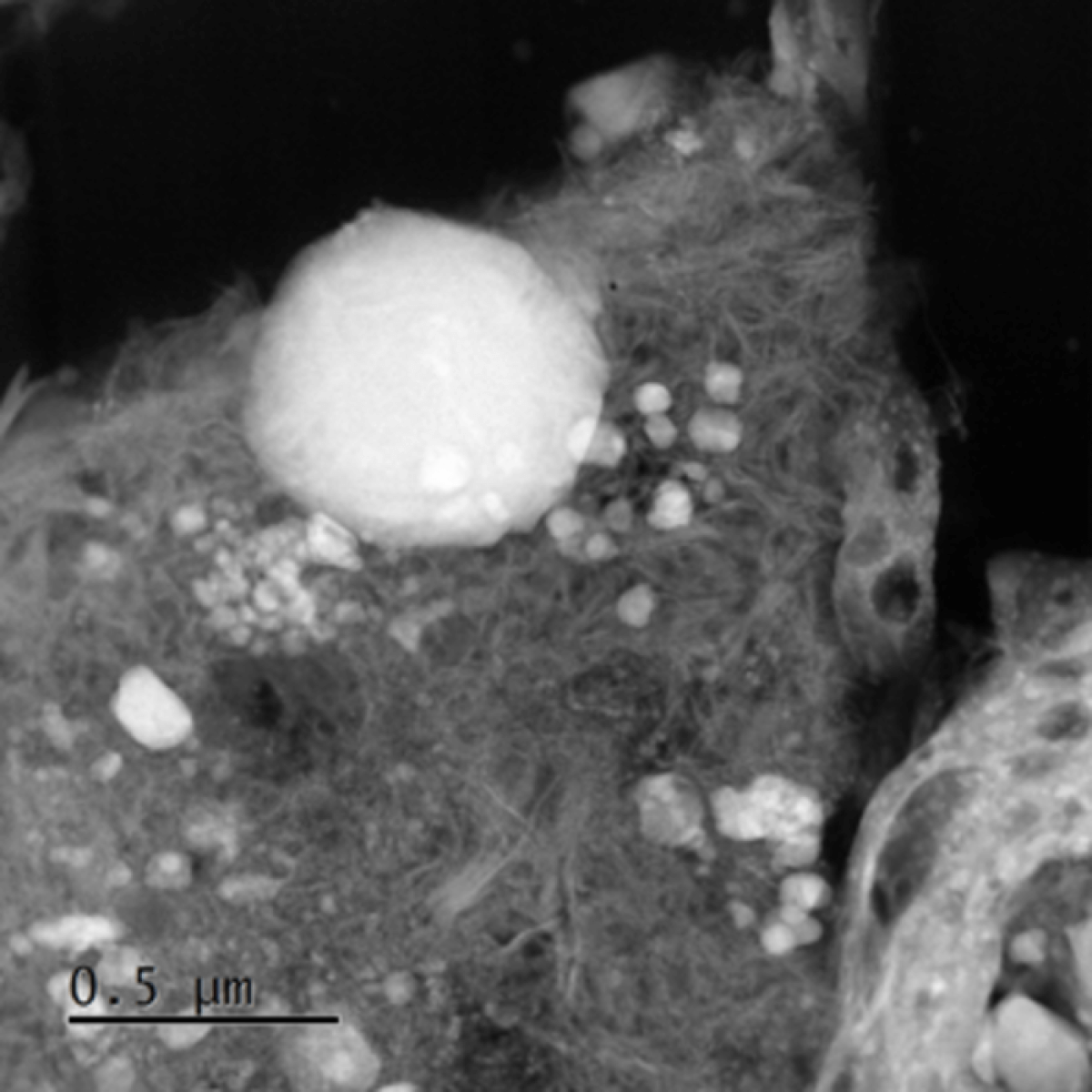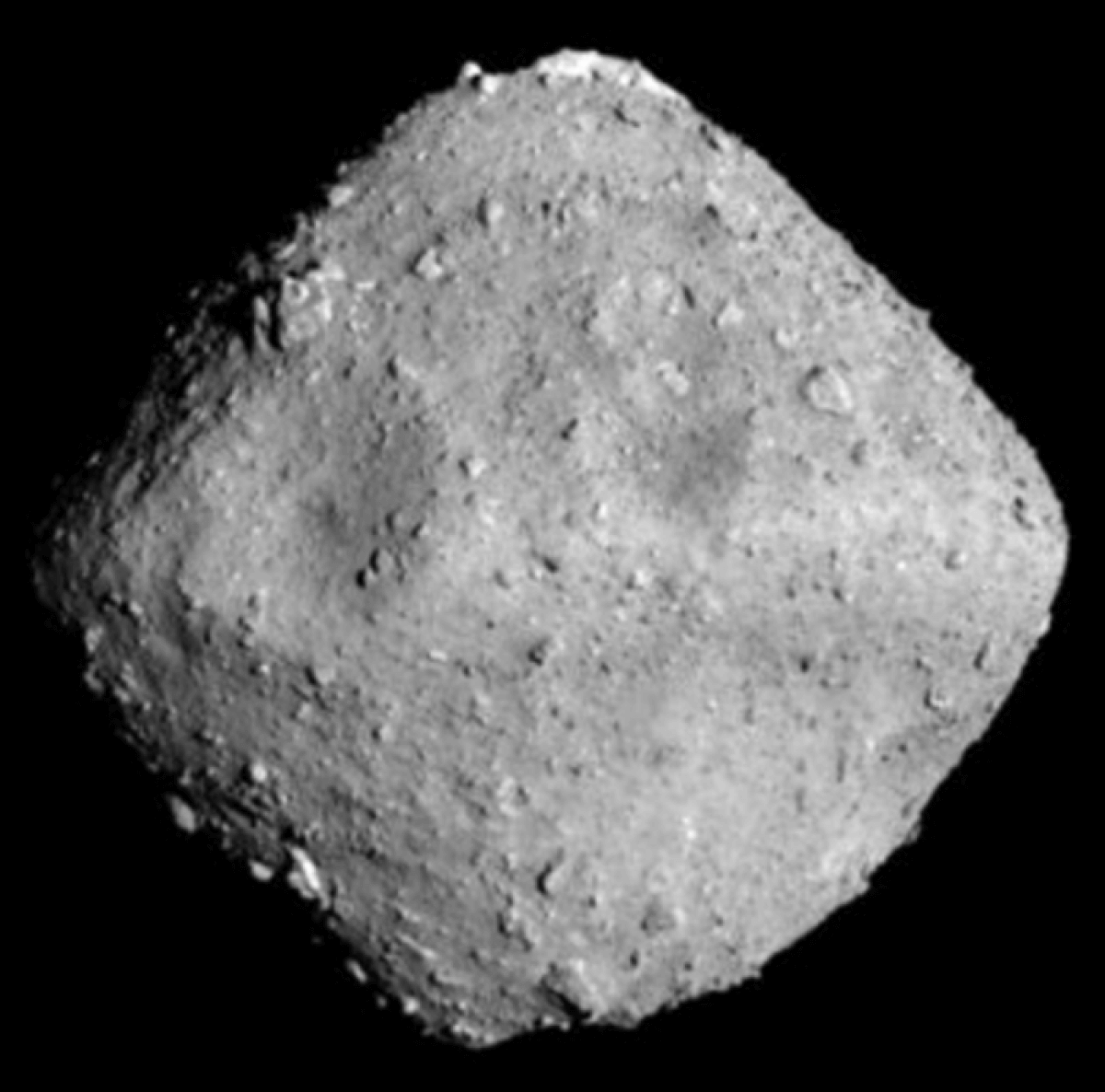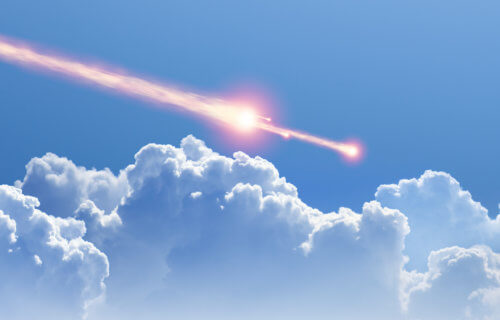LEICESTER, United Kingdom — Tiny grains of near-Earth asteroids could reveal the secrets of how our solar system formed, according to English researchers.
Scientists have taken a fragment of the asteroid, Ryugu, to the United Kingdom’s synchrotron facility, Diamond Light Source, where a special technique extracted every little detail from it. Researchers from the University of Leicester used Diamond’s Nanoprobe beamline I14, where the X-ray Absorption Near Edge Spectroscopy (XANES) technique mapped out the chemical states of the elements for the analysis of its composition.
The hope is that what makes up space rocks floating through our solar system will provide us with a picture of how the solar system evolved since its formation billions of years ago.
“The X-ray Nanoprobe allows scientists to examine the chemical structure of their samples at micron to nano lengthscales, which is complemented by the nano to atomic resolution of the imaging at [electron Physical Science Imaging Center] ePSIC,” says study co-author Julia Parker, the principal beamline scientists for I14 at Diamond, in a media release. “It’s very exciting to be able to contribute to the understanding of these unique samples, and to work with the team at Leicester to demonstrate how the techniques at the beamline, and correlatively at ePSIC, can benefit future sample return missions.”
The study authors did not initially set out to discover the origins of our solar system. Rather, they used the data as part of a wider study looking into signs of “space weathering” on the asteroid. Space weathering, the changes to a material’s surface due to the harsh environment of space, can alter the physical and chemical composition of asteroid surfaces like Ryugu.

The sample showed clear signs of dehydration on Ryugu’s surface, and the team believes this is likely because of space weathering. Based on the findings from this asteroid sample, the authors suggest that asteroids that look dry on the surface may have had water on them a long time ago. This idea would require revising our understanding of the abundance of asteroid types and the formation history of the system’s asteroid belt. The building blocks found in Ryugu could also give us insight into how water, minerals, and organic material came together to form the solar system, and eventually life on Earth.
Ryugu — named after the undersea palace of the Dragon God in Japanese mythology — is around 900 meters in diameter. Astronomers first discovered it in 1999 within the asteroid belt sitting between Mars and Jupiter. In 2014, Japan’s space agency JAXA launched Hayabusa2 with the goal of collecting asteroid samples from its surface and subsurface. The spacecraft came back to Earth in 2020, providing samples to labs around the world.

“This unique mission to gather samples from the most primitive, carbonaceous, building blocks of the Solar System needs the world’s most detailed microscopy, and that’s why JAXA and the Fine Grained Mineralogy team wanted us to analyze samples at Diamond’s X-ray nanoprobe beamline,” says co-author John Bridges, a professor of planetary science at the University of Leicester’s School of Physics & Astronomy and Space Park.
“We helped reveal the nature of space weathering on this asteroid with micrometeorite impacts and the solar wind creating dehydrated serpentine minerals, and an associated reduction from oxidised Fe3+ to more reduced Fe2+.”
Learning to analyze these samples with this new technology could help with studying new samples from other asteroids as well as return missions from the moon and Mars.
The study is published in the journal Nature Astronomy.

